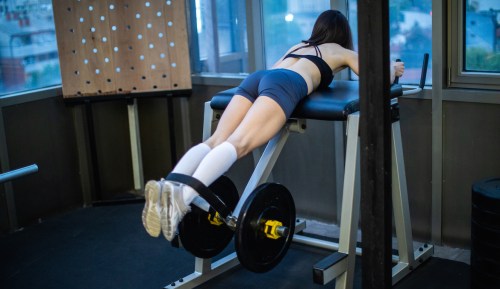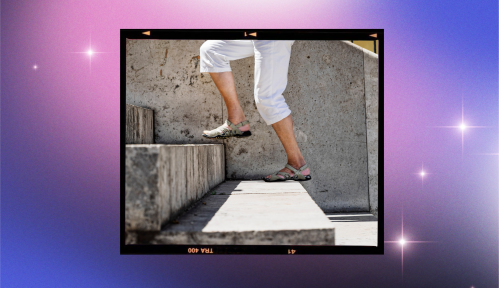Beware, MyFitnessPal lovers: Data was just stolen from 150M users in a major data breach
Beware, MyFitnessPal lovers: a major data breach just stole data from an estimated 150 million users users. Here's what you should know—and exactly how to protect yourself.

If you have an account with the food- and nutrition-tracking app MyFitnessPal, you might want to change your password, stat. Under Armour, the program’s owner, recently learned a third party acquired a whole lot of user information.
According to a press release, about 150 million users were affected in the late-February data breach, which MyFitnessPal became aware of on March 25. Luckily, the hackers didn’t gain access to any Social Security numbers, driver’s license numbers, credit card info, or health data, but what they did take could still do some damage. Usernames, email addresses, and “hashed passwords” were stolen from the system.
Even though stolen the passwords were hashed—meaning a different, more secure version of the original password—BuzzFeed reports it’s still valuable information to hackers: “Having the hashes means that attackers can launch offline brute-force guessing attacks against these passwords and potentially crack many of them as users are often notoriously bad in choosing good passwords,” said Engin Kirda, PhD, who researches web security at Northeastern University.
According to Under Armour, right now the most important thing is to change your password and keep your eyes peeled for any suspicious emails or activity.
So, what does this mean for you? According to Under Armour, right now the most important thing is to change your password and keep your eyes peeled for any suspicious emails or activity. Be especially careful of any communication asking you for your personal information, and don’t click on any links or download attachments from suspicious emails.
Under Armour is currently in full investigation mode, working with law enforcement authorities and data security firms, to get to the bottom of the matter, so fingers crossed there will be more answers soon.
These top breakfast trends prove people like starting the day healthy. Also, here’s what you should know about your supplement obsession.
Sign Up for Our Daily Newsletter
Get all the latest in wellness, trends, food, fitness, beauty, and more delivered right to your inbox.
Got it, you've been added to our email list.










